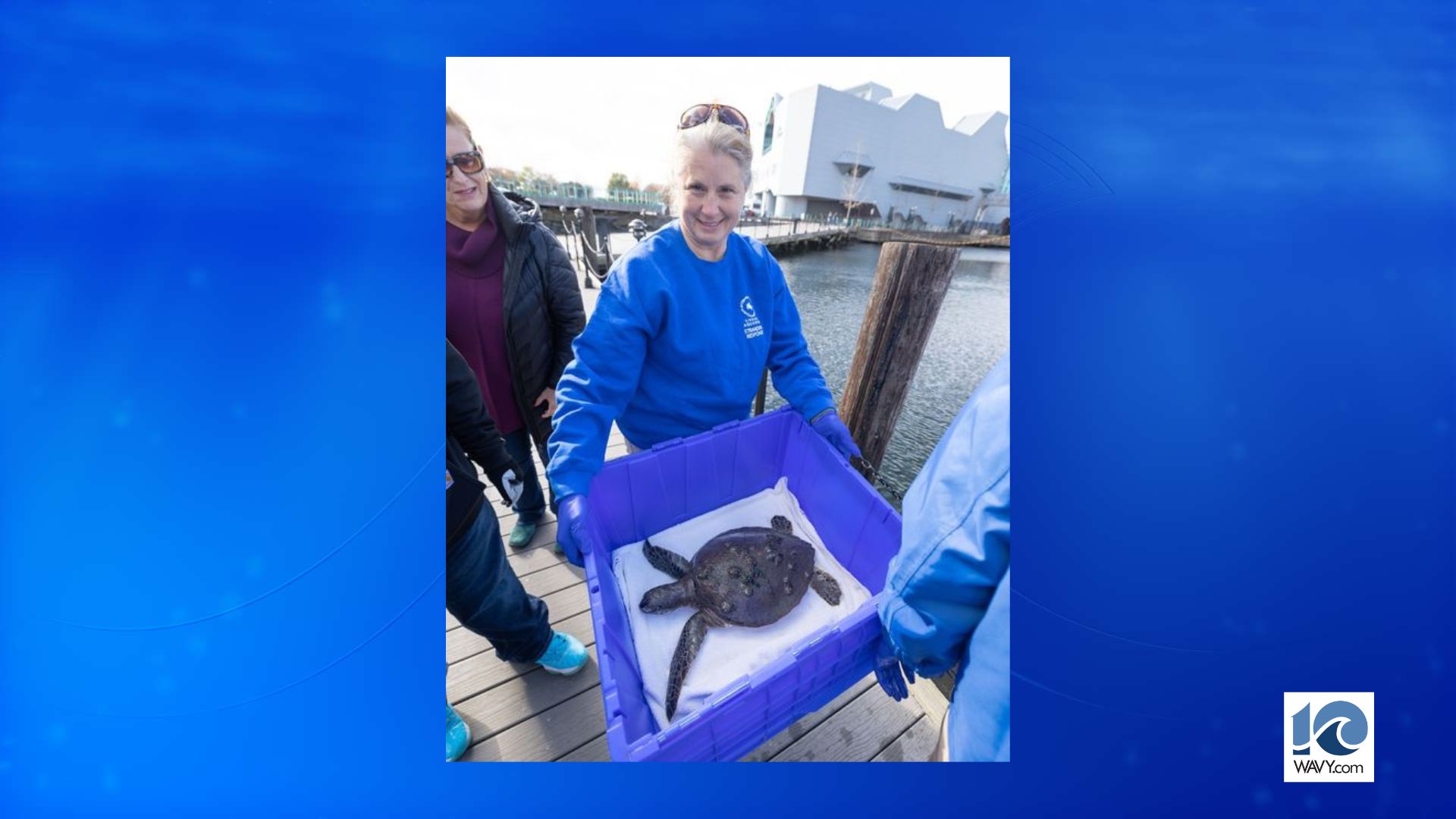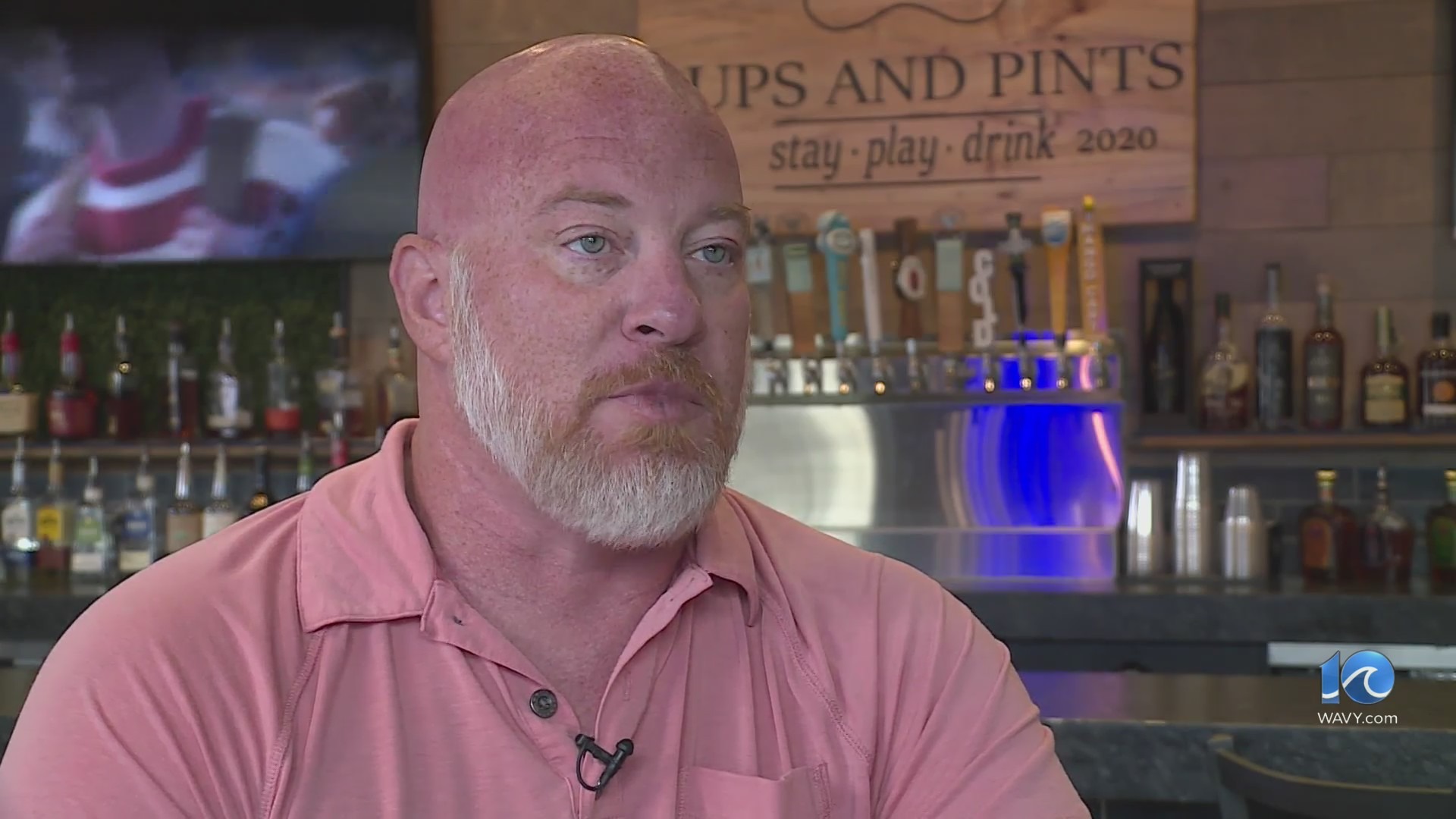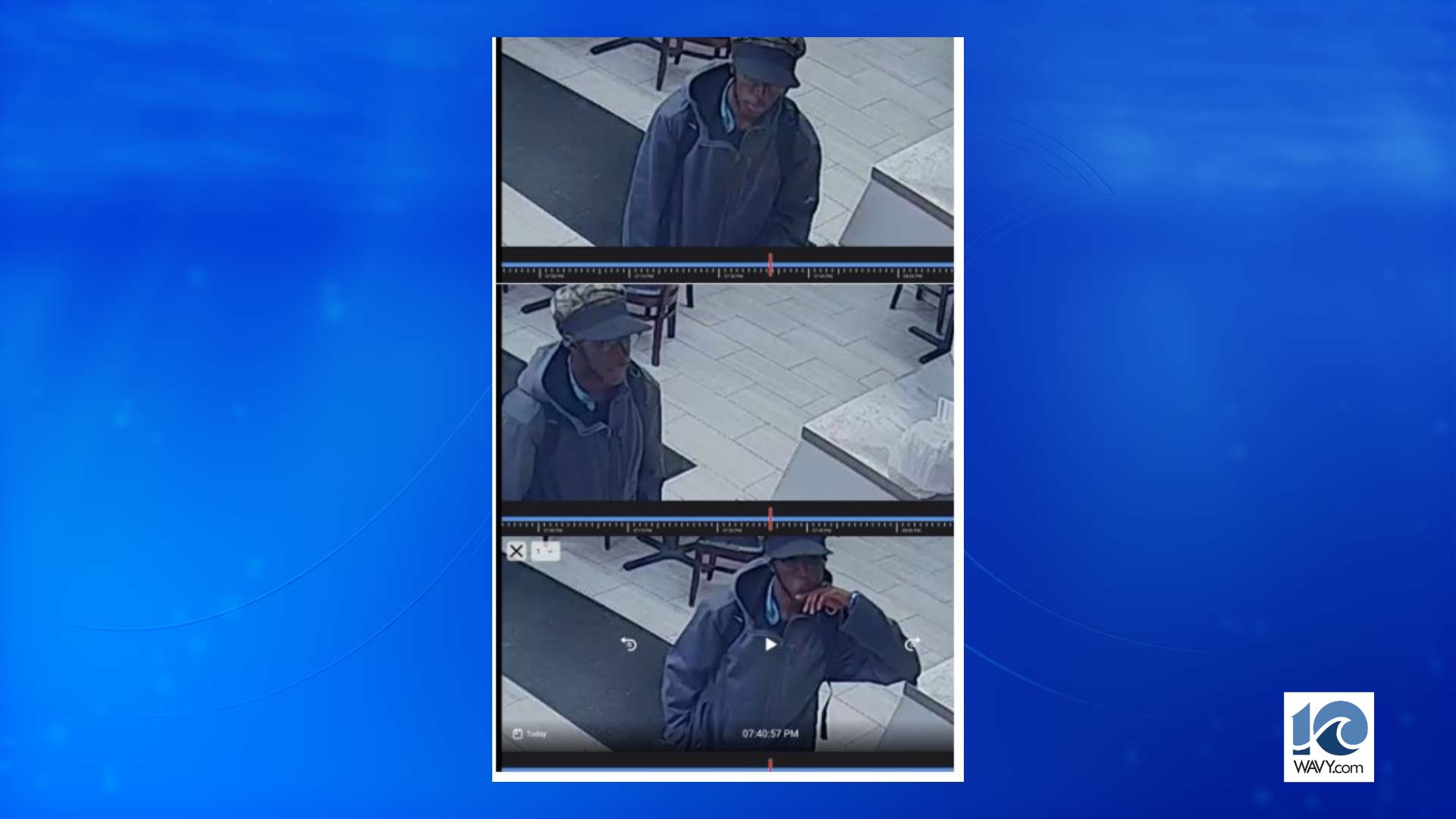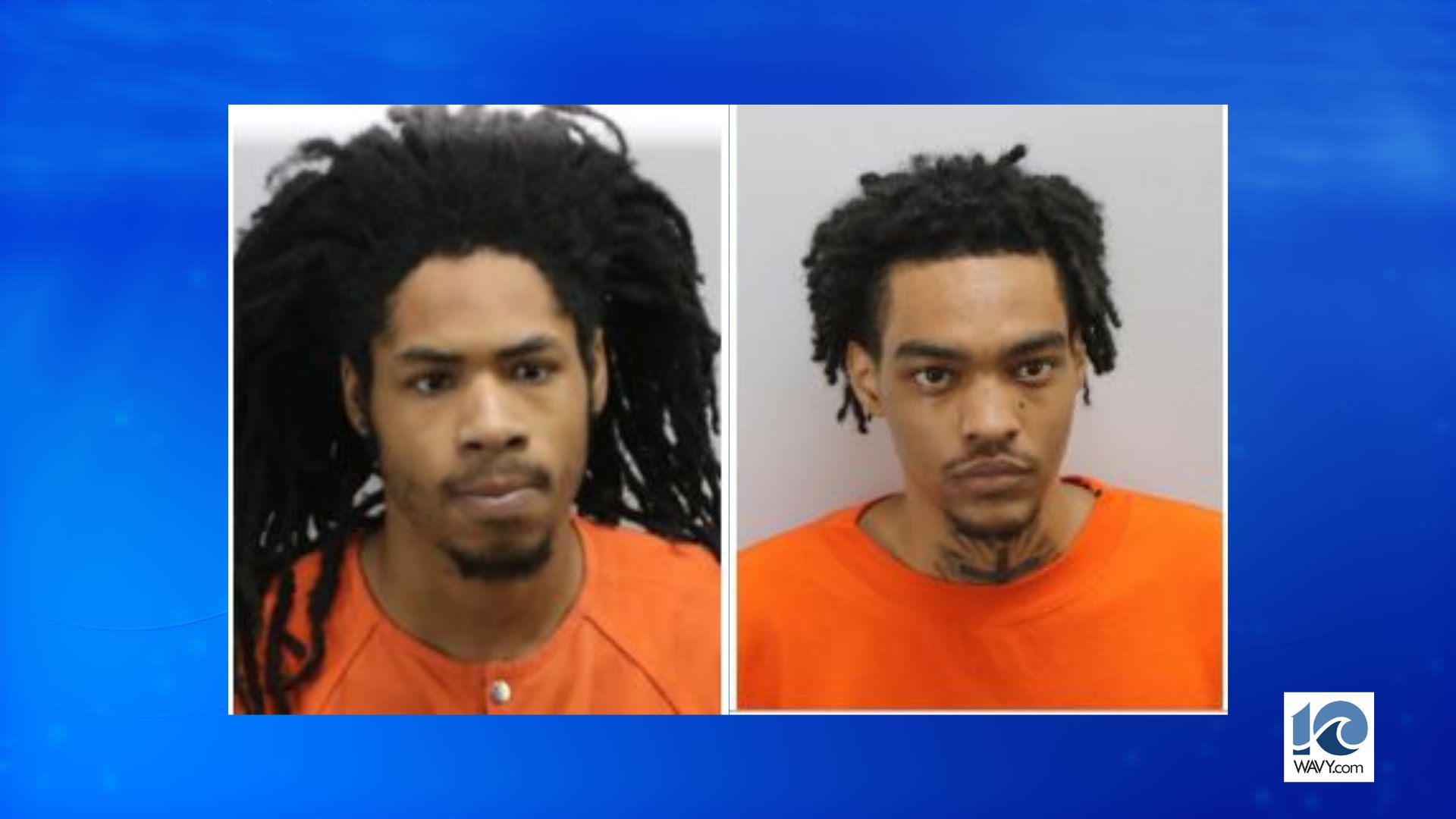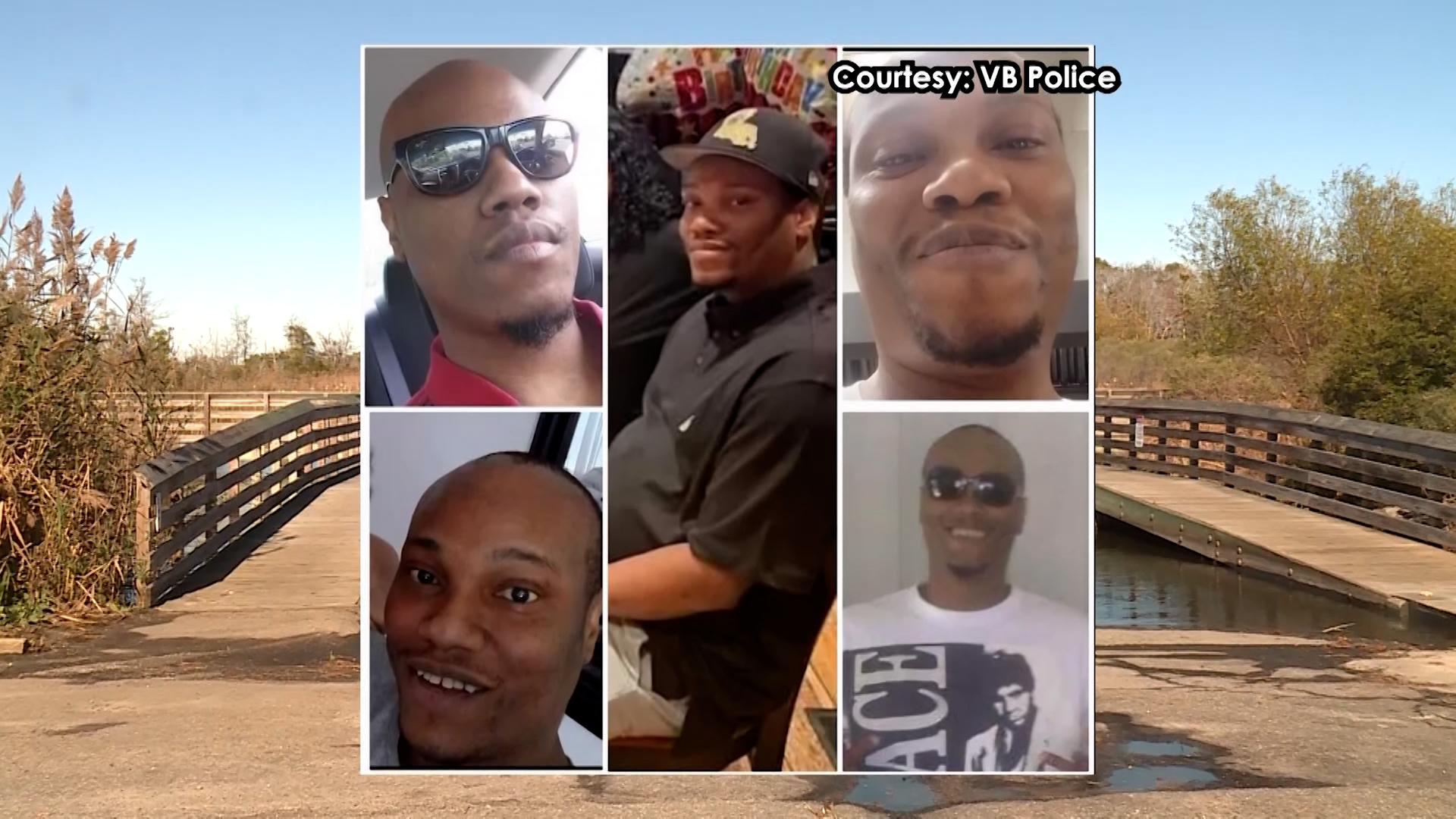ATLANTA – The Centers for Disease Control (CDC) released a set of guidelines this week for upcoming fall holidays, including Halloween, broken down by risk level.
The CDC advises against what it considers high-risk activities, including traditional trick-or-treating.
“Many traditional Halloween activities can be high-risk for spreading viruses,” the CDC said. “There are several safer, alternative ways to participate in Halloween. If you may have COVID-19 or you may have been exposed to someone with COVID-19, you should not participate in in-person Halloween festivities and should not give out candy to trick-or-treaters.”
The organization’s guidelines are meant to supplement—not replace—any state or local health and safety laws, rules, and regulations for holiday gatherings.
10 On Your Side reached out to city officials to find out if they plan to issue any special local mandates for Halloween in light of the coronavirus pandemic. Those who have replied so far said they are awaiting guidance from public health officials and from the governor.
Lower Risk Activities
The CDC says these lower risk activities can be safe alternatives:
- Carving or decorating pumpkins with members of your household and displaying them
- Carving or decorating pumpkins outside, at a safe distance, with neighbors or friends
- Decorating your house, apartment, or living space
- Doing a Halloween scavenger hunt where children are given lists of Halloween-themed things to look for while they walk outdoors from house to house admiring Halloween decorations at a distance
- Having a virtual Halloween costume contest
- Having a Halloween movie night with people you live with
- Having a scavenger hunt-style trick-or-treat search with your household members in or around your home rather than going house to house
Moderate Risk Activities
These activities are considered moderate risk:
- Participating in one-way trick-or-treating where individually wrapped goodie bags are lined up for families to grab and go while continuing to social distance (such as at the end of a driveway or at the edge of a yard)
- If you are preparing goodie bags, wash your hands with soap and water for at least 20 second before and after preparing the bags.
- Having a small group, outdoor, open-air costume parade where people are distanced more than 6 feet apart
- Attending a costume party held outdoors where protective masks are used and people can remain more than 6 feet apart
- A costume mask (such as for Halloween) is not a substitute for a cloth mask. A costume mask should not be used unless it is made of two or more layers of breathable fabric that covers the mouth and nose and doesn’t leave gaps around the face.
- Do not wear a costume mask over a protective cloth mask because it can be dangerous if the costume mask makes it hard to breathe. Instead, consider using a Halloween-themed cloth mask.
- Going to an open-air, one-way, walk-through haunted forest where appropriate mask use is enforced, and people can remain more than 6 feet apart
- If screaming will likely occur, greater distancing is advised. The greater the distance, the lower the risk of spreading a respiratory virus.
- Visiting pumpkin patches or orchards where people use hand sanitizer before touching pumpkins or picking apples, wearing masks is encouraged or enforced, and people are able to maintain social distancing
- Having an outdoor Halloween movie night with local family friends with people spaced at least 6 feet apart
- If screaming will likely occur, greater distancing is advised. The greater the distance, the lower the risk of spreading a respiratory virus.
- Lower your risk by following CDC’s recommendations on hosting gatherings or cook-outs.
Higher Risk Activities
These activities are considered high risk:
- Participating in traditional trick-or-treating where treats are handed to children who go door to door
- Having trunk-or-treat where treats are handed out from trunks of cars lined up in large parking lots
- Attending crowded costume parties held indoors
- Going to an indoor haunted house where people may be crowded together and screaming
- Going on hayrides or tractor rides with people who are not in your household
- Using alcohol or drugs, which can cloud judgement and increase risky behaviors
- Traveling to a rural fall festival that is not in your community if you live in an area with community spread of COVID-19
For more information on the Halloween guidelines and other fall celebrations, including Thanksgiving, go to the CDC’s website by clicking here.
Last week, the Halloween and Costume Association (HCA) issued its own coronavirus guidelines and an interactive map to help families stay safe this Halloween.
According to HCA, the map was developed by the Harvard Global Health Institute
Latest Posts
- Firefighters seek upper-hand in Williamsburg Premium Outlets parking lot fire
- Tennessee wildlife officials rescue bald eagle injured by gunfire
- Maker of Trump guitars reportedly sent cease and desist order by Gibson
- BayPort Athlete of the Week: Kellam boys volleyball team
- Sean ‘Diddy’ Combs denied bail for a third time




